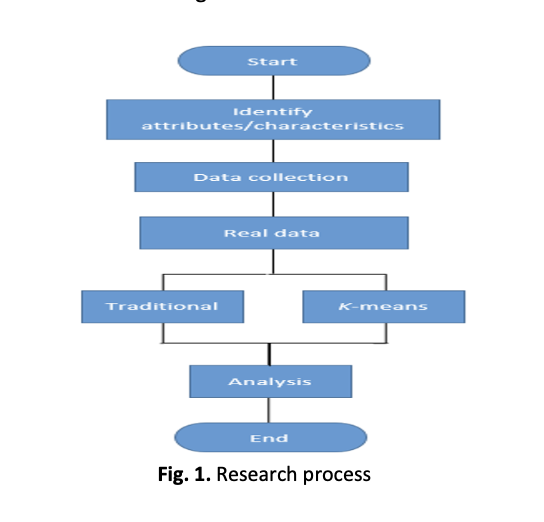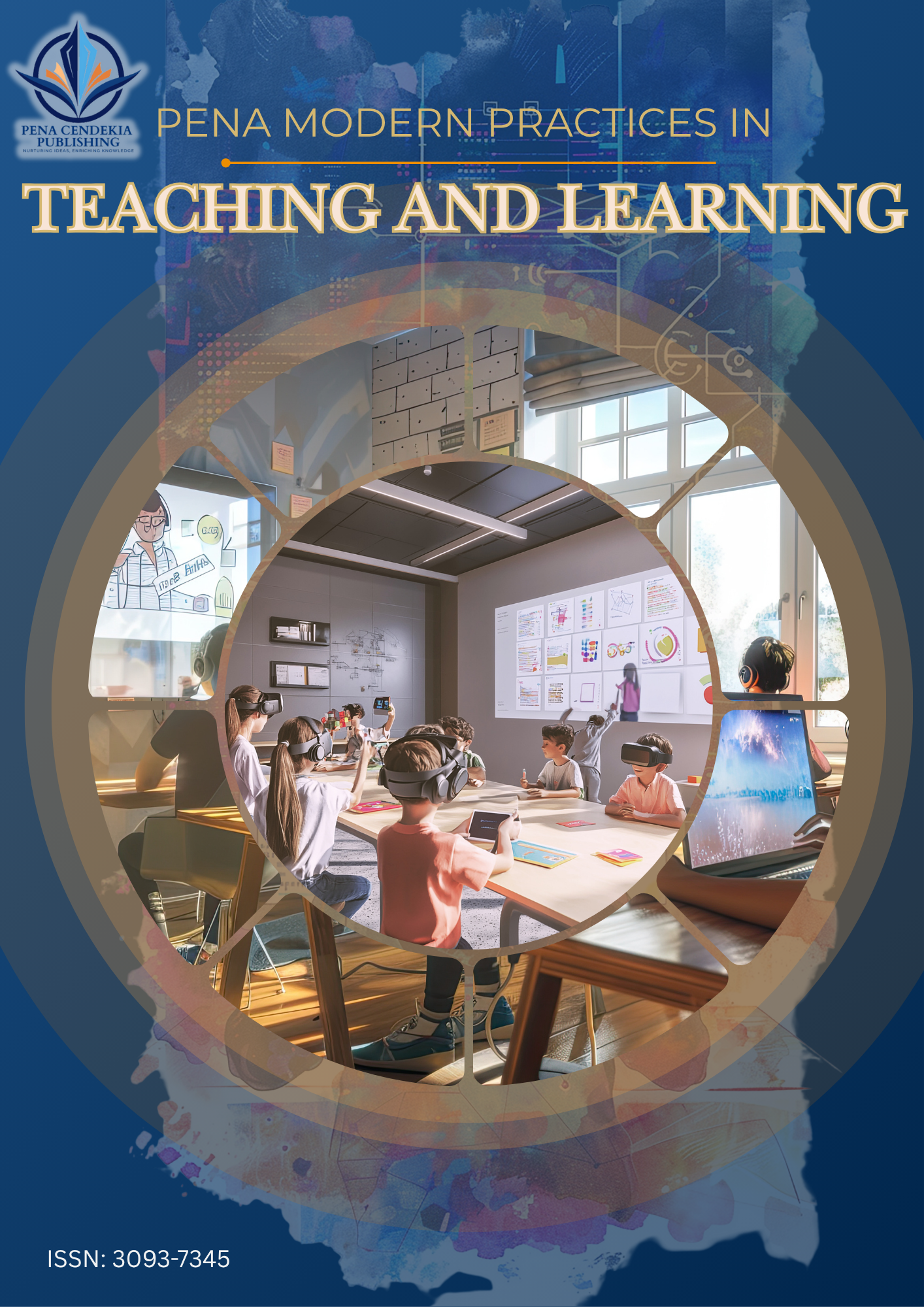A Group Assignment Formation Using Cluster Analysis
Keywords:
Formation, group assignment, K-Means clustering, variationAbstract
A group assignment is a task or project that is completed by a group of students (or team members) working together, instead of individually. The traditional method such as random assignment of forming group assignments is by giving students the freedom to choose the members of their own groups. The use of this traditional method can lead to significant variation between groups. Typically, students will choose group members from among their friends who are in the same course, college, or of the same ethnicity, without considering their levels of intelligence. This study delves into the effectiveness of the K-means clustering method in forming balanced and high-performing groups for group assignments. The K-means clustering method optimizes group formation by grouping individuals into cohesive teams based on skill diversity, compatibility, and task requirements. This study investigates factors influencing group assignment and establishes techniques to enhance clustering-based group formation. The results show that using K-means clustering to form group assignment teams can reduce bias and ensure a balanced distribution of key characteristics across teams. This approach also enhances the understanding and engagement of less capable students, thereby improving the overall quality of their learning experience. In conclusion, K-means clustering is suitable for forming group assignments to ensure balance and quality in the work produced.










